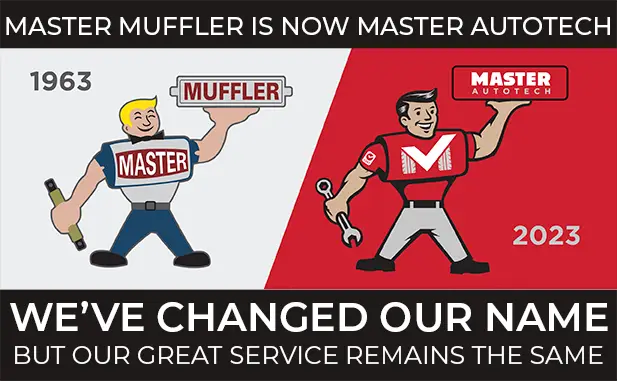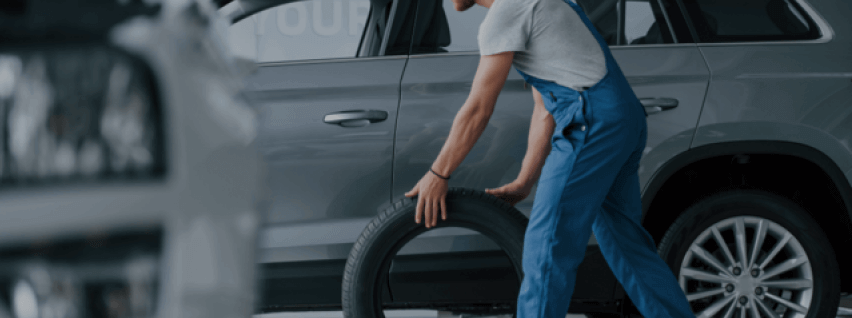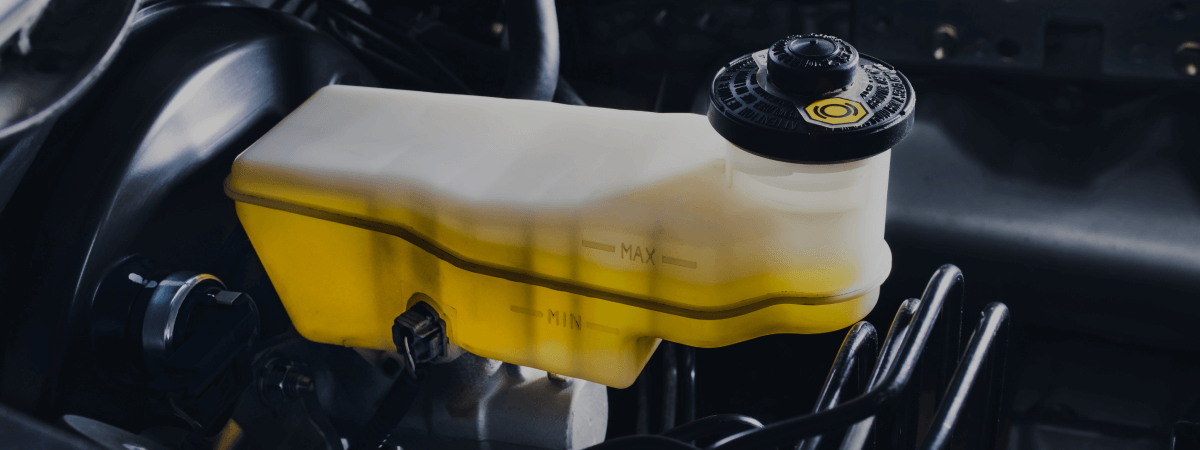One of the most common vehicle problems is an oil leak. In order to properly address the issue, the first step is to determine how the oil is leaving your car.
The first possibility is an oil seep. If you notice smoke or the smell of burning oil but do not seeing a noticeable “spill” on the pavement under your car, then it is possible that you have a seep. A seep – defined as a slow seepage of oil that does not produce a drip – usually does not release enough oil to affect your oil levels and does not necessarily require immediate repair.
If, on the other hand, there is a visual puddle of oil under your car, then you are most likely experiencing an actual leak. As oil is the lifeblood of you engine, an oil leak is a problem that deserves immediate attention.
There are several possible explanations for oil leaks, including:
- bad or worn gaskets
- worn pistons and rings
- improperly secured or worn and damaged oil plugs
- improperly attached oil filters
- missing gaskets
- high oil pressure
- corroded or leaking oil coolant lines
The most common source of seeps and leaks are the value covers located at the top of the motor. Designed to protect the valves and rocker arms at the top of the engine, the covers are bolted to the engine and sealed with a large gasket. A quick and easy way to check is to degrease the seal with a large rag and then check daily for oil or sludge leaking down the side. If you see it, then the leak is most likely in your valve covers and can be easily repaired by a Utah auto mechanic.
If the leak is not in the valve covers, the next area to check is the oil pan gasket and drain plug. You can check this area by cleaning the seal between your oil pan and engine. Place a piece of cardboard underneath your car overnight and if there is oil on the cardboard in the morning, then the leak is coming from either your oil pan or the plug.
Another area to watch for is a leak in your rear seal. While this area of your car is difficult to see (as it is located at the rear of your engine near the transmission), a leak is more easily identifiable due to blue smoke coming from the underside of the car. This can be a difficult and expensive repair and should only be done by a professional repairman.
A final area to check is for a leak in your engine’s coolant. When oil is leaking into and mixing with coolant, it turns the coolant brown and/or foamy. A Utah auto repair mechanic will be able to help you stop this and any other types of leaks.
Related Posts
Key Takeaways On average, passenger vehicle tires last 40,000 to 60,000 miles, depending on type, driving habits, and maintenance. Replace tires when tread depth reaches 2/32”, if damaged, or older than 10 years. Regular rotation, alignment, and proper inflation extend tire life. Aggressive driving, poor roads, and harsh weather shorten tire lifespan. Take advantage [...]
When you think about car maintenance, you probably focus on oil changes, tire rotations, and maybe even brake pad replacement. But what about your brake fluid? If you’ve ever wondered, “What does brake fluid do?” or “Why is brake fluid important?”, you’re not alone. Brake fluid might not be the most talked-about part of [...]
Is that high-pitched squeal from your brakes driving you—and everyone else—crazy? Don’t ignore it. Squeaky brakes aren’t just annoying, they’re your car’s way of saying something needs attention. Whether you're cruising through Salt Lake City or winding up Idaho’s mountain passes, here’s what’s likely going on, how you can fix it, and when it [...]





